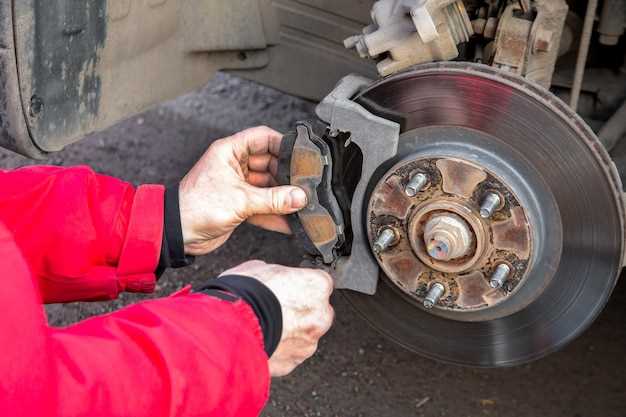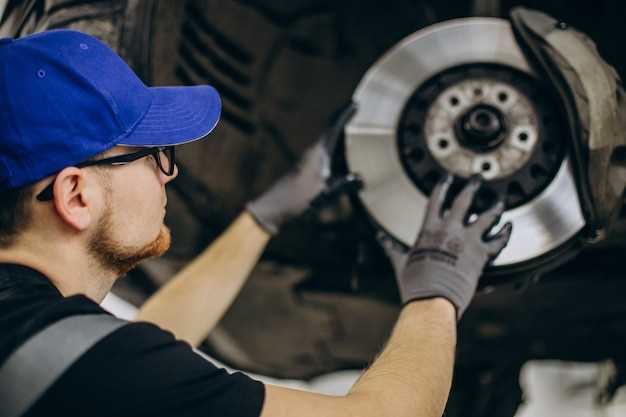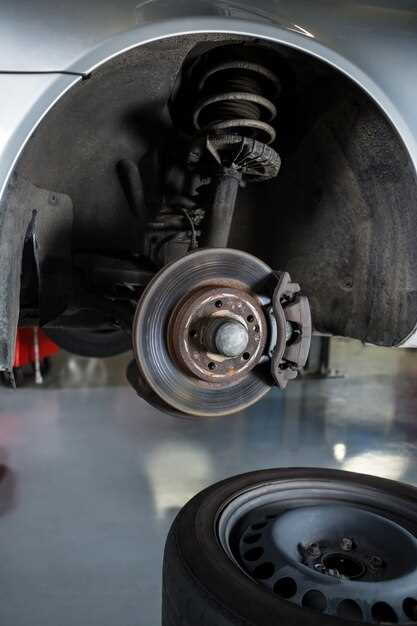
When it comes to racing, the choice of braking system can significantly impact vehicle performance and handling. Two of the most common types of brakes found in motorsport applications are disc brakes and drum brakes. Each of these systems has its unique characteristics, advantages, and limitations that affect their suitability for high-stakes racing environments.
Disc brakes are often favored in modern racing scenarios due to their superior performance in rapid deceleration and heat dissipation. The open design of disc brakes allows for better airflow, reducing the chances of brake fade during intense racing conditions. Their ability to provide consistent stopping power makes them a go-to choice for most competitive racing vehicles.
On the other hand, drum brakes, despite being less common in contemporary racing, offer certain benefits, such as having a more compact design and being generally lighter. However, their performance can diminish under extreme conditions, making them less reliable when compared to their disc counterparts in a racing context. Understanding the fundamental differences between these two designs is crucial for any racer looking to optimize their vehicle’s braking system for ultimate performance.
Advantages of Disc Brakes in High-Performance Racing

Disc brakes offer several advantages that significantly enhance performance in high-speed racing environments. One of the primary benefits is their superior heat dissipation. During intense racing conditions, brakes generate substantial heat. Disc brakes, due to their design and larger surface area, can dissipate heat more effectively than drum brakes, minimizing the risk of brake fade and maintaining consistent stopping power.
Another key advantage is the improved modulation and responsiveness provided by disc brakes. The braking force can be controlled more precisely, allowing drivers to achieve optimal braking points and react swiftly to changing track conditions. This level of control contributes directly to overall race performance and driver confidence.
Additionally, disc brakes are generally lighter than their drum counterparts. The reduced weight can lead to improved handling and acceleration, both crucial factors in competitive racing. This weight saving not only enhances performance but also supports the overall design of lightweight racing vehicles.
Finally, disc brakes are less susceptible to moisture and contamination, ensuring reliable operation in various weather conditions. The open design prevents the build-up of dirt and debris, ensuring consistent braking performance throughout a race, regardless of environmental challenges.
Limitations of Drum Brakes for Competitive Use

Drum brakes have been a staple in automotive braking technology, but their performance limitations become evident in competitive environments. Here are the primary drawbacks when considering drum brakes for racing applications:
- Heat Dissipation: Drum brakes struggle with heat management. During high-performance scenarios, they can quickly overheat, leading to brake fade. This significantly impacts braking efficiency and reliability.
- Weight: Generally, drum brakes are heavier than disk types. The added weight can negatively affect the overall performance of the vehicle, particularly in racing where agility and speed are paramount.
- Consistent Performance: Drum brakes tend to exhibit inconsistent performance due to their design. As components wear, their ability to deliver reliable stopping power diminishes, making them less effective in competitive settings.
- Moisture and Debris Sensitivity: Drum brakes are more susceptible to the effects of moisture and debris. Water can cause braking issues, as it may lead to reduced friction. This is particularly troublesome in racing conditions where conditions can vary rapidly.
- Limited Modulation: The design of drum brakes may impair a driver’s ability to modulate braking force. This can impact precision driving, crucial in competitive racing, where fine control over braking can make a difference in lap times.
- Cooling Efficiency: Unlike disc brakes, drum brakes have limited airflow for cooling. The enclosed design traps heat, exacerbating the overheating problem, especially during prolonged use on the track.
In summary, while drum brakes may serve well in standard driving conditions, their limitations make them less suitable for high-performance racing. Factors like heat dissipation, weight, and brake consistency strongly advocate for the superiority of disc brake technology in competitive settings.
Choosing the Right Brake Type for Specific Racing Conditions
When it comes to racing performance, selecting the appropriate brake type can significantly influence a vehicle’s handling and stopping power. The two primary types of braking systems are disc and drum brakes, each exhibiting distinct characteristics suitable for different racing scenarios.
Disc brakes are often favored in most racing environments due to their superior heat dissipation and consistent performance under extreme conditions. Their design allows for better ventilation, mitigating brake fade during intense racing. In high-speed circuits where quick deceleration is critical, disc brakes excel, as their response time and performance remain reliable even when subjected to repetitive stress.
Conversely, drum brakes can offer advantages in specific scenarios, particularly in slower, technical tracks where power modulation is crucial. They can provide adequate stopping power while often being lighter, which is beneficial in certain racing applications. However, their performance may decline under sustained usage, making them less ideal for longer events or tracks with high-speed sections.
Moreover, the choice between these brake types can also depend on the racing discipline. For instance, endurance racing may benefit from disc brakes for their reliability over time, while rally racing might favor the compactness and weight savings of drum brakes in some situations.
Ultimately, understanding the nature of the racing conditions–be it track layout, temperature variations, or vehicle dynamics–is essential when deciding between disc and drum brakes. Tailoring the brake system to the specific demands of the race can optimize overall performance and enhance the driver’s ability to navigate various challenges on the track.




